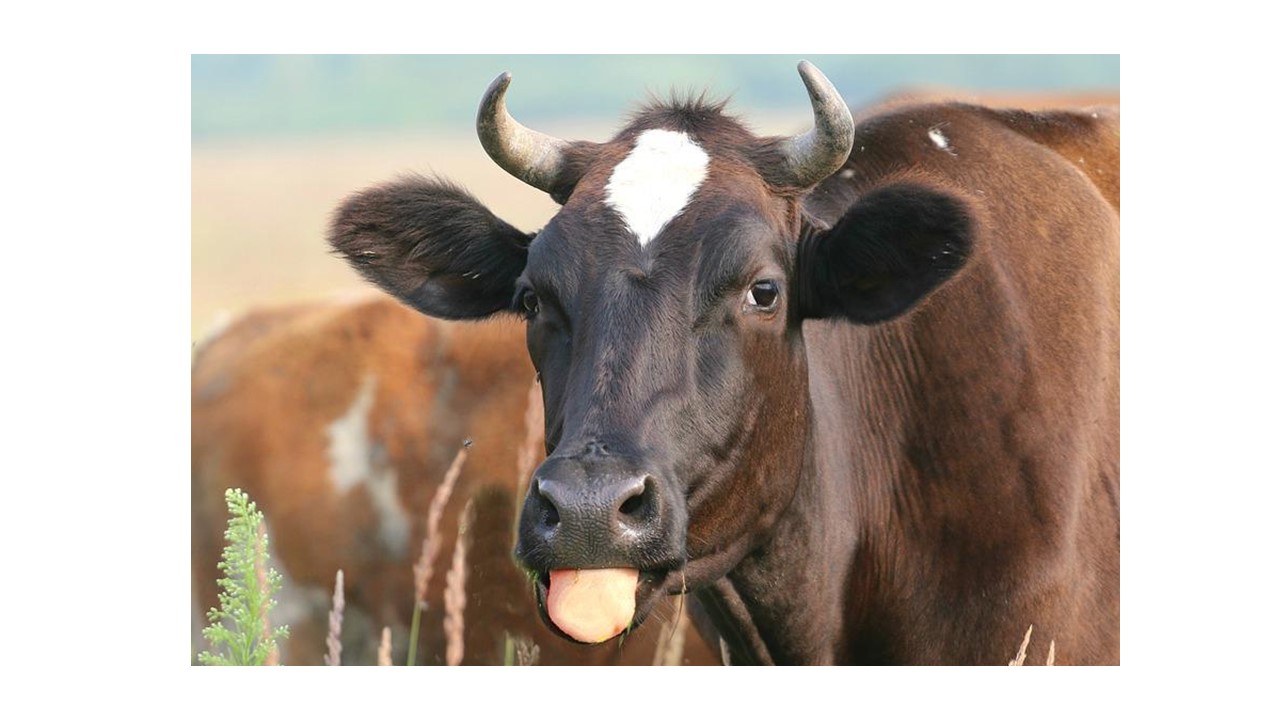Actinobacillosis is a disease caused by the bacterium, Actinobacillus spp. There are over 20 known species of Actinobacillus however, five of them are known to cause disease in animals. Each of the Actinobacillus spp exhibits different signs in various species of animals. Our focus today will be on Actinobacillus lignieresii, which causes Wooden Tongue mainly in cattle. The disease can also be seen in sheep, horses, pigs and dogs. The causal organism Actinobacillus spp, is a commensal which resides in the upper digestive tract of animals. Infection occurs usually after an injury to the inner lining of the buccal cavity (mouth). During grazing, ruminants sometimes get cuts from sharp grasses or objects. This allows the bacterium to have access to the tissues of the buccal cavity, leading to the disease. The disease can spread from the tissues surrounding the mouth to other regions. Signs of the disease usually seen include:
- Sudden swelling around the lower jaw, face, and sometimes the neck and chest regions with pus discharge
- Swollen and hardened tongue which is painful to touch. This is usually observed in cattle
- Sores on the tongue
- Excessive drooling with protruding tongue
Actinobacillosis can be diagnosed by culture, ELISA or PCR. In severe cases, surgical therapy is considered. Topical and broad-spectrum systemic antibiotics have proven effective in the treatment of wooden tongue. Consult your veterinarian once you see similar signs for assistance.

